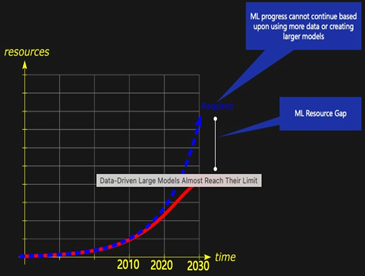Since 2019, the parameters of large deep learning models have increased by over 300 times every 18 months. However, future ML progress cannot continue simply by using more data or creating larger models because the growing gap between model demand and resource supply is not sustainable. In addition, for many problems in practice, e.g., predicting protein-drug interactions, catalyst discovery, and advanced material design, we don’t have a huge amount of training data to build big models.
We leverage 3D molecular modeling, quantum machine learning, and physics-informed generative models to perform accurate protein binding prediction, material design, and efficient in-silico TCR design for personalized immunotherapy. Ongoing research projects integrate scientific knowledge, physical laws, and simulations with machine learning methods to predict the blueprint or product design of drugs, catalysts, and materials.
Team Members: Tianxiao Li, Jonathan Warrell, Zach Izzo, Martin Renqiang Min
Publication Tags: machine learning, PIML


